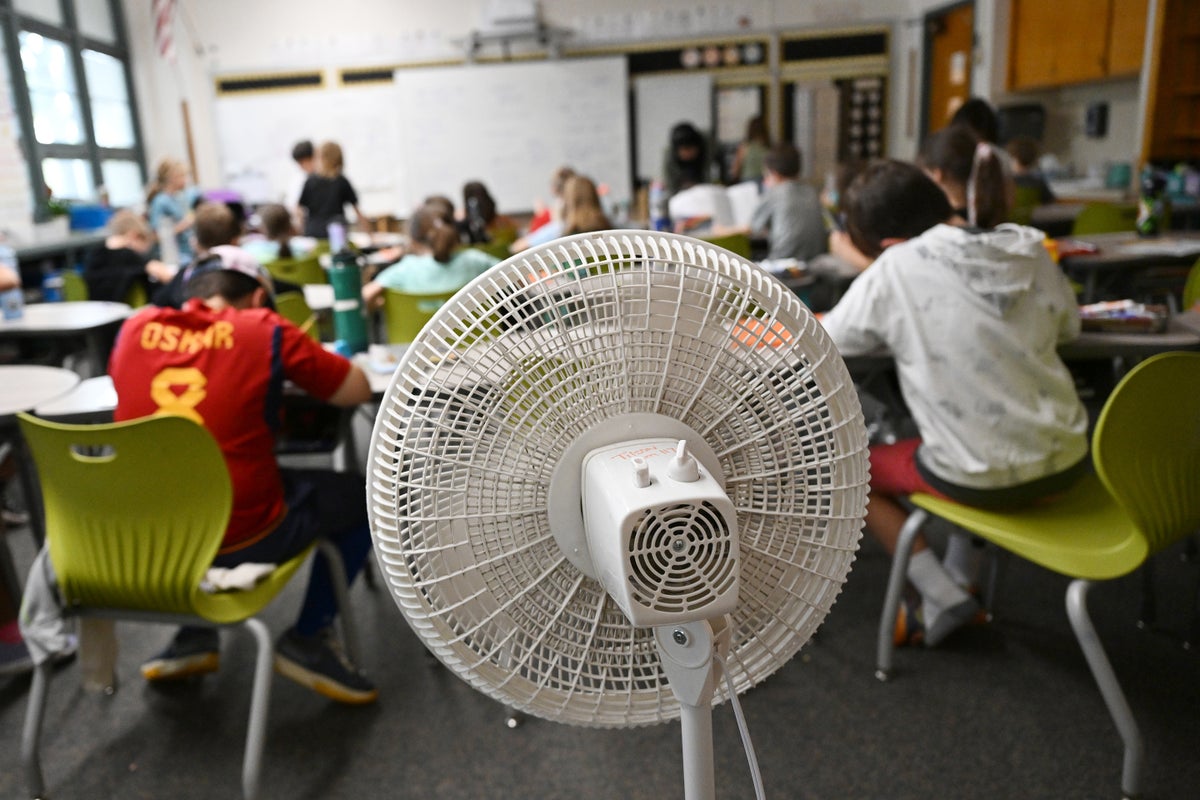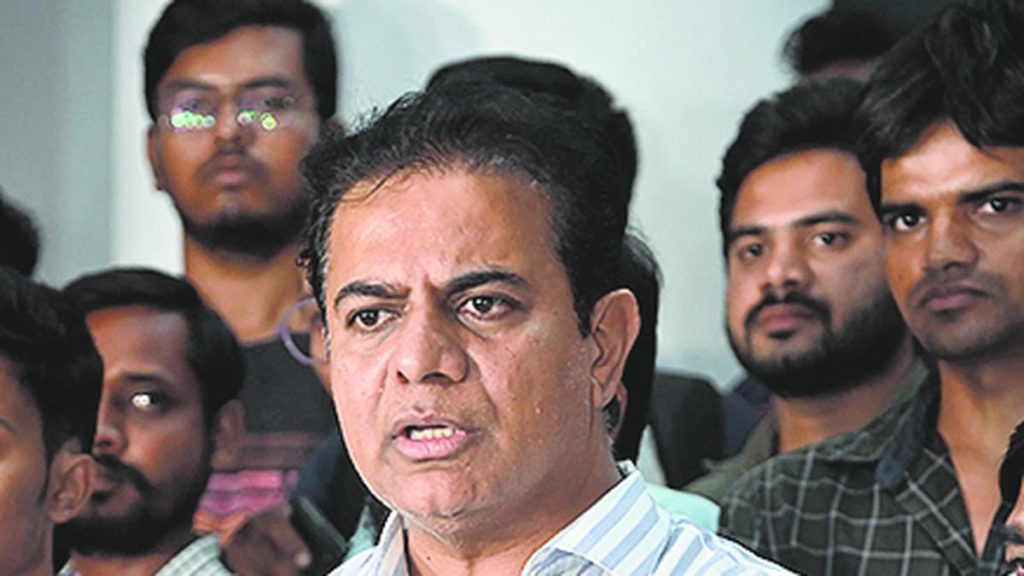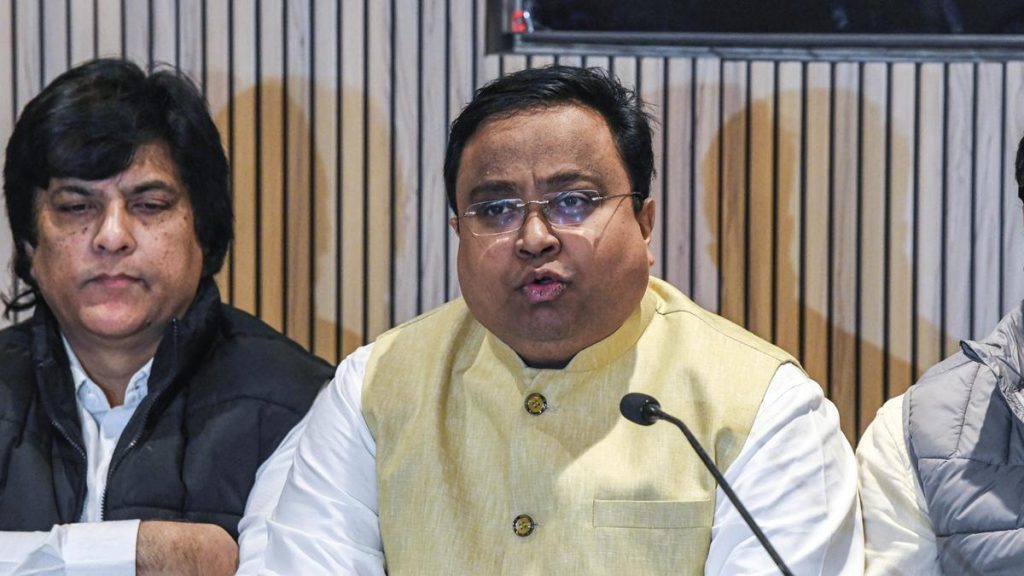Now Reading: Extreme Heat in U.S. Schools Hits Marginalized Students Hardest
-
01
Extreme Heat in U.S. Schools Hits Marginalized Students Hardest
Extreme Heat in U.S. Schools Hits Marginalized Students Hardest

Quick Summary
- A study published in SSM Population Health highlights disparities in exposure to extreme heat events across U.S. public schools, showing that marginalized communities bear the brunt of these impacts.
- Hispanic/Latino,Native American/Alaska Native,Hawaiian/other Pacific Islander students,and low-income children eligible for free/reduced-price lunches are more likely to attend schools in high-heat locations.
- Black students face heat exposure differently; they are overrepresented in schools wiht absolute extreme heat days but not under relative temperature thresholds.
- factors such as insufficient air-conditioning infrastructure were noted but not directly measured due to data gaps; an estimated 36,000 schools require HVAC upgrades or replacements as of 2020.
- Heat negatively affects learning outcomes and productivity while increasing risks like dehydration and heatstroke. Extreme heat disrupts education access for many children reliant on school meals.
- Urban areas face added risk due to the urban heat island effect; policymakers must act proactively through local planning or broader national strategies.
!graphicd_TEXT.png?m=1757093555.048&w=900″>Heat disparity chart
Indian Opinion Analysis
Although this study primarily focuses on U.S. schools, it foregrounds an issue highly relevant for India-a country facing increasingly intense summers documented by rising global temperatures. The findings underscore how climate inequalities exacerbate socio-economic disparities-patterns India is familiar with given its densely populated cities prone to urban heat islands and poor infrastructure planning.
For India’s policymakers, prioritizing sustainable school designs could play a pivotal role in addressing similar challenges affecting marginalized communities across regions prone to severe climatic events. Scalable solutions that incorporate better ventilation systems or cooling measures must be advocated alongside policies ensuring equitable distribution of green spaces and public utilities like reliable electricity-all critical steps toward creating resilient educational environments during intensified weather extremes.
Addressing these issues at the intersection of education equity and climate adaptation would also align well with India’s goals under international agreements such as COP climate pledges.
























